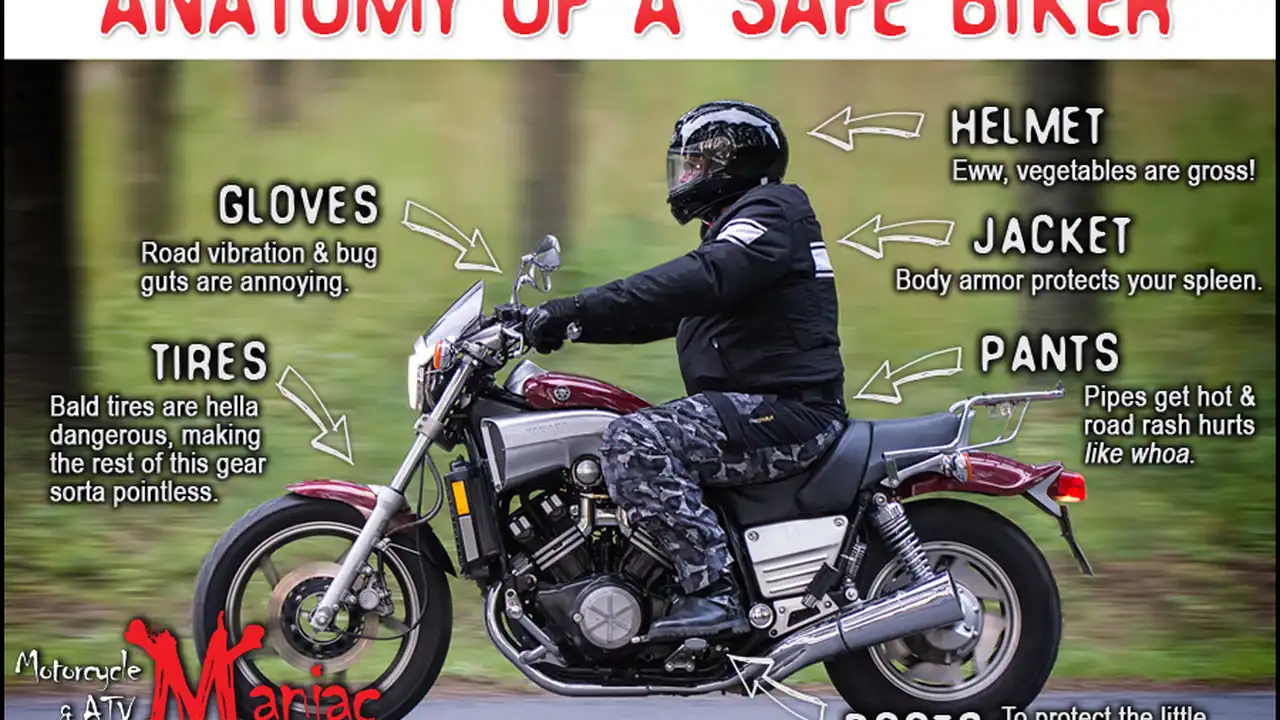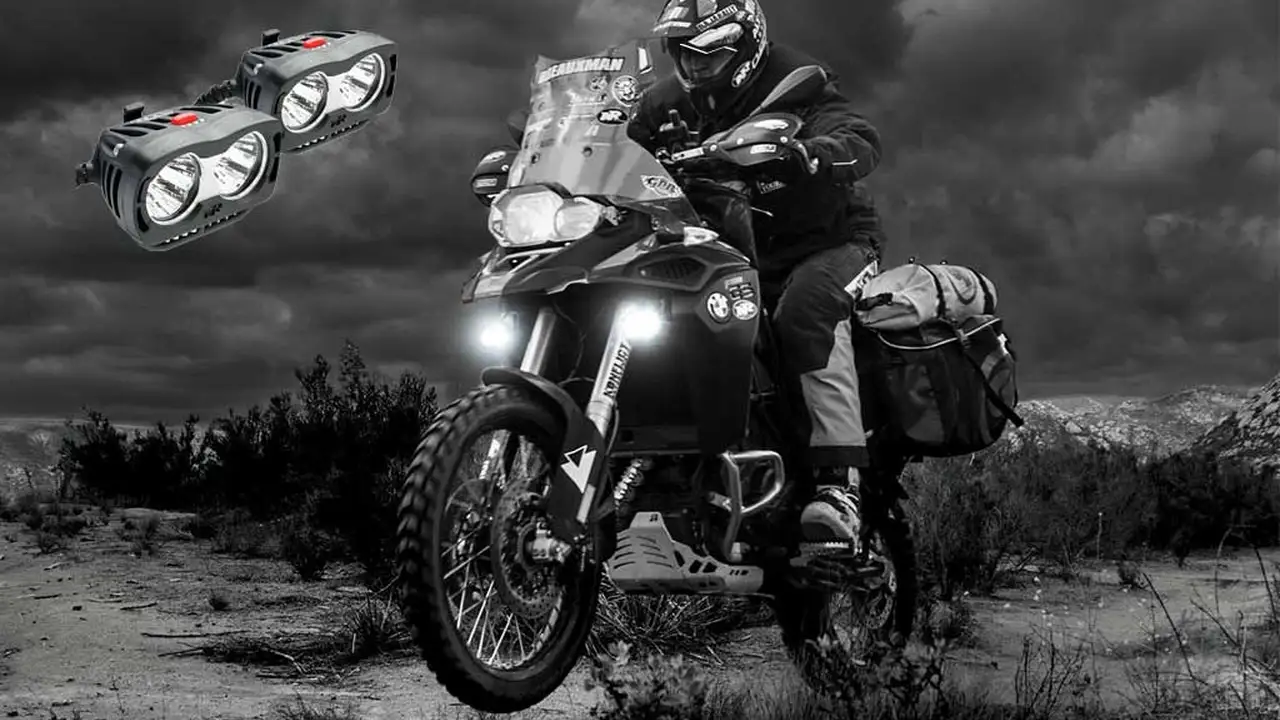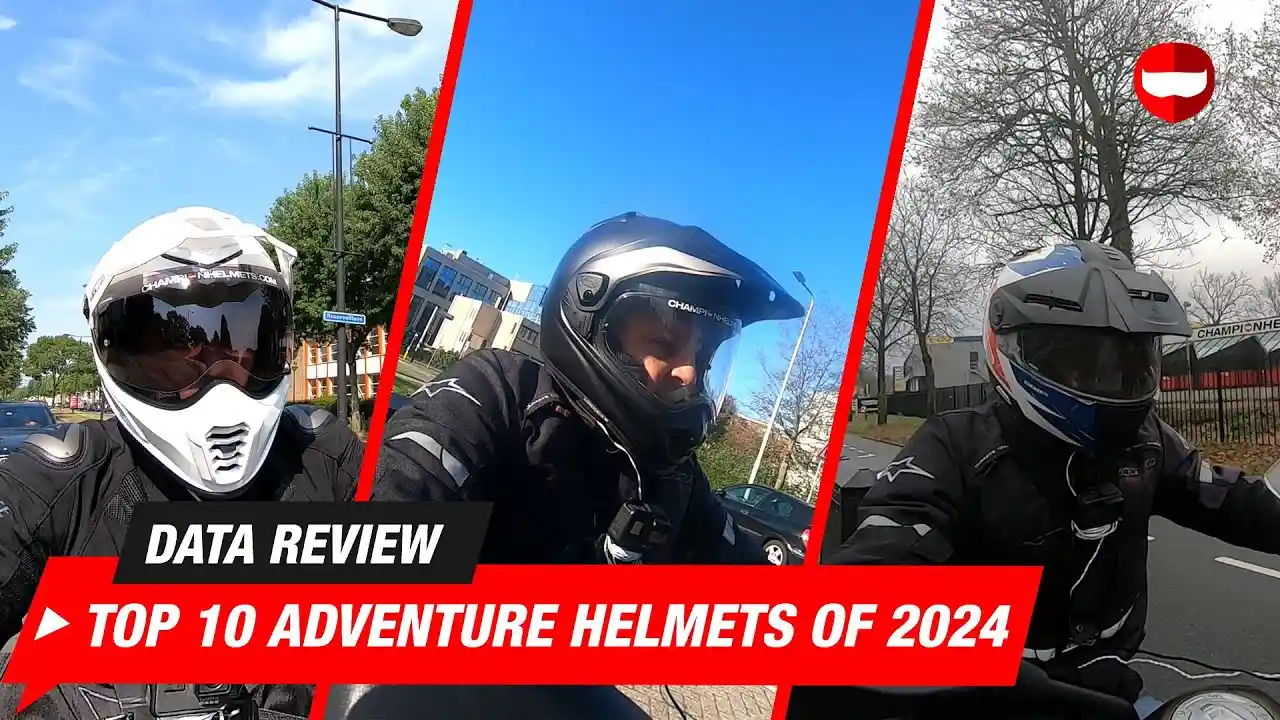ADV Motorcycle Advocacy: Protecting Riding Access
Protecting our access to incredible riding locations is crucial. It's about more than just enjoying the trails; it's about preserving the freedom to explore and connect with nature on our ADV motorcycles. This article dives into the world of ADV motorcycle advocacy, highlighting the importance of protecting riding access, showcasing specific product recommendations for various scenarios, and comparing their features and prices to help you make informed decisions. We'll explore how these products contribute to responsible riding and help maintain access to the trails we love.

Understanding the Importance of ADV Motorcycle Advocacy for Trail Access
Access to off-road riding areas is constantly under threat. Environmental concerns, land development, and conflicts with other user groups can all lead to trail closures. ADV motorcycle advocacy groups work tirelessly to protect our riding rights by:
- Lobbying government agencies: Advocating for responsible land management policies that allow for motorcycle access.
- Supporting trail maintenance and conservation: Organizing volunteer efforts to maintain trails and minimize environmental impact.
- Educating riders on responsible riding practices: Promoting awareness of environmental concerns and encouraging riders to minimize their impact.
- Building relationships with other user groups: Fostering understanding and cooperation between motorcyclists and other outdoor enthusiasts.
Without these efforts, we risk losing access to the incredible riding locations we enjoy. Getting involved in ADV motorcycle advocacy is a way to protect our passion and ensure future generations can experience the freedom of ADV riding.
Essential Gear for Responsible ADV Riding and Trail Preservation
The gear you choose can significantly impact the environment and your ability to ride responsibly. Here are some key categories and product recommendations:
Tires: Selecting the Right Tread for Minimal Environmental Impact and Optimal Traction
Tire choice is crucial for both performance and environmental impact. Aggressive knobby tires can tear up trails, while smoother tires may not provide enough traction in challenging conditions. Consider these options:
- Continental TKC 80 Twinduro: A popular choice for ADV riders, offering a good balance of on-road comfort and off-road grip. Its relatively closed tread pattern minimizes trail damage. Expect to pay around $150-200 per tire.
- Mitas E-07+ Dakar: Known for its durability and excellent performance on gravel and dirt roads. The Dakar version is reinforced for extra puncture resistance. Prices range from $120-180 per tire.
- Bridgestone Battlax Adventurecross AX41: A more aggressive option for riders who spend a significant amount of time off-road. Provides excellent traction in mud and sand, but may wear faster on pavement. Cost: $170-230 per tire.
Scenario: Riding mostly gravel roads and occasional paved sections. Recommendation: Mitas E-07+ Dakar. Its durability and performance on gravel make it a great choice. Comparison: While the TKC 80 is a good all-arounder, the E-07+ Dakar offers superior durability and puncture resistance, especially important for long-distance ADV trips.
Exhaust Systems: Choosing a Quiet and Environmentally Friendly Option
Loud exhaust systems can disturb wildlife and alienate other trail users. Opt for a quieter exhaust system that meets sound regulations and minimizes noise pollution.
- Stock Exhaust: Often the quietest and most environmentally friendly option. Consider keeping your stock exhaust unless you have a specific performance need.
- Aftermarket Exhaust with Sound Insert: Some aftermarket exhausts offer improved performance while still maintaining reasonable noise levels. Look for options with removable sound inserts that allow you to adjust the noise level. Brands like FMF and Akrapovic offer such options, with prices ranging from $400-1000 depending on the brand and model.
Scenario: Riding in areas with strict noise regulations. Recommendation: Stock exhaust. It's the quietest and ensures you comply with regulations. Comparison: Aftermarket exhausts may offer slight performance gains, but the added noise can be detrimental to trail access and wildlife.
Fuel Cans: Safe and Responsible Fuel Transportation for Extended Rides
Carrying extra fuel is essential for long-distance ADV rides. Choose fuel cans that are durable, leak-proof, and designed for motorcycle use.
- RotopaX: A modular fuel storage system that allows you to securely mount fuel packs to your motorcycle. Available in various sizes and configurations. Prices range from $100-200 per pack, depending on size and accessories.
- Giant Loop Gas Bag: A flexible fuel bladder that can be easily packed and stored. Ideal for riders who need to carry extra fuel occasionally. Cost: $150-250.
Scenario: Planning a multi-day ADV trip in a remote area. Recommendation: RotopaX. Its modular design and secure mounting system make it a reliable choice for carrying extra fuel. Comparison: While the Giant Loop Gas Bag is more compact and flexible, the RotopaX offers greater security and durability.
Protective Gear: Minimizing Injury and Environmental Impact During a Fall
Wearing appropriate protective gear is crucial for rider safety. Choose gear that provides adequate protection while minimizing the risk of environmental contamination in case of a fall.
- Helmet: Always wear a DOT-approved helmet. Options include full-face ADV helmets with visors and integrated sun shields. Prices range from $200-800.
- Jacket and Pants: Choose abrasion-resistant materials like Cordura or leather. Look for features like waterproof membranes, ventilation, and armor. Expect to pay $300-1000 for a quality jacket and pants set.
- Boots: Sturdy ADV boots provide ankle and foot protection. Look for features like waterproof membranes, reinforced toes, and shin guards. Cost: $200-500.
- Gloves: Protect your hands with durable gloves that offer good grip and dexterity. Look for features like knuckle protection and waterproof membranes. Prices range from $50-200.
Scenario: Riding in unpredictable weather conditions. Recommendation: A waterproof and breathable jacket and pants set with integrated armor. Comparison: While leather offers excellent abrasion resistance, Cordura is lighter and more breathable, making it a better choice for warmer climates.
Responsible Riding Practices for Protecting Trail Access
Beyond choosing the right gear, practicing responsible riding habits is essential for protecting trail access. Here are some key guidelines:
- Stay on designated trails: Avoid creating new trails or riding in areas that are closed to motorcycles.
- Respect wildlife: Avoid disturbing animals or their habitats.
- Pack out your trash: Leave no trace of your visit.
- Minimize dust and noise: Ride at a moderate speed and avoid revving your engine excessively.
- Be courteous to other trail users: Share the trail and yield to hikers and horses.
- Report trail damage: Notify land managers of any damage or hazards you encounter.
Supporting ADV Motorcycle Advocacy Organizations
Getting involved in ADV motorcycle advocacy is a great way to protect our riding rights. Consider supporting organizations like the following:
- The BlueRibbon Coalition: A national organization that advocates for responsible recreation access.
- The Motorcycle Industry Council (MIC): Represents motorcycle manufacturers and distributors and promotes responsible riding practices.
- Local ADV motorcycle clubs: Many local clubs organize trail maintenance events and advocate for riding access in their communities.
By supporting these organizations, you can help ensure that future generations can enjoy the freedom of ADV riding.
:max_bytes(150000):strip_icc()/277019-baked-pork-chops-with-cream-of-mushroom-soup-DDMFS-beauty-4x3-BG-7505-5762b731cf30447d9cbbbbbf387beafa.jpg)






